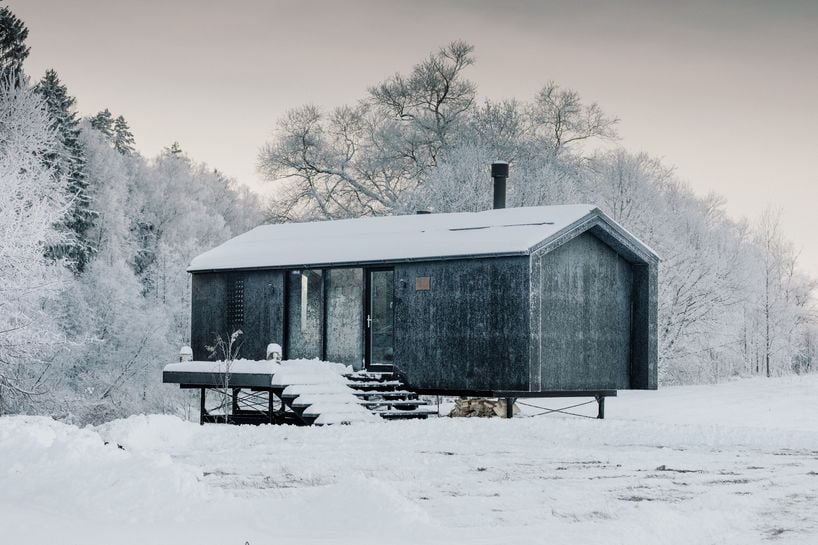You are considering purchasing a prefabricated house to be installed in a cold climate area. You can enjoy a comfortable indoor climate even during the coldest winters.
According to the prefab homes Georgia Specialists, there are many things to consider when selecting prefabricated homes for cold areas as well as when they are being equipped.
Prefabricated houses for cold regions: Key points and considerations
Prefabricated houses in cold regions require that the house be oriented and located on the plot. It is easy to reduce energy consumption and maintain a comfortable temperature within your modular home by choosing the best orientation and location for your plot.
A south orientation is best for prefabricated homes in colder areas to make the most of the sunlight in winter.
It is convenient to have values located in areas where the winds blow most often.
Prefabricated houses should be sealed and insulated in cold climates.
It is crucial to have a comfortable home that uses less energy. Prefabricated houses in cold regions must be insulated to the maximum extent. It does not only have to be thermal but also humidity.
Mostly prefab house builders ensure that prefabricated homes are equipped with thermal barriers and high-efficiency multi-layer thermal insulation to maintain a comfortable temperature. This can reduce your energy use in air conditioning by up to 50%
Heat recovery systems for manufactured houses
With a mechanical pump, these systems can maintain a comfortable home temperature. This takes in cold outside air and then crosses it with air from the home.
The internal energy is converted into heat and the rooms are comfortable. Also, If you are in Arizona, you may want to know about prefab homes in Arizona.
Prefabricated houses in cold regions are used to collect solar energy for winter.
Another key factor to achieving a comfortable temperature in prefabricated houses for low-temperature is this. This capture is largely done through windows. They must be high quality. This is where the thermal bridges and orientation of the house come into play.
Quality and sales of doors
They are points of possible loss of heat energy. They must be high quality and properly installed to prevent heat loss through cracks or gaps.
Layout and interior design; lifestyle and personal requirements
Prefabricated houses are best for colder areas. A porch or entrance with roof tiles is a good option for large homes located in areas where strong winds, rain, or snow are a consideration.
It can also be glazed to allow for more natural light and a view. The double doorway prevents heat loss on cold days, and water entry when opening the outer doors. Each one remains shut.
Prefabricated houses in cold regions can be automated with home automation
This technology allows you to reduce your energy consumption, and enjoy greater comfort while saving more. Automation of heating and blinds can be an example.
What are the best decisions to make for greater thermal comfort in prefabricated homes in cold climates?
- Warm floors, hardwood, rugs, blinds, and Japanese panels.
- High-quality windows and doors.
- Insulating exterior decorative coatings.

